What are Retail Media Networks (RMNs)?
Retail media networks (RMNs) use retailers’ digital ad spaces to showcase personalized ads based on extensive consumer data. RMNs enhance the shopping experience by presenting highly relevant ads at decision-making points, thereby increasing the likelihood of purchase while generating significant revenue for retailers.
This article explains what RMNs are, how they work, and how they can potentially enhance the consumer shopping journey!
What are Retail Media Networks (RMNs)?
A retail media network (RMN) is an adtech platform operated or owned by a retailer. With this platform, a retailer offers various digital channels (e.g., websites, apps) to third-party brands for advertising.
How do RMNs work?
Retailers enable brands to buy ads across multiple digital channels, including both channels owned by the retailer and third-party media companies.
Brands can use RMNs to improve their marketing strategies by purchasing ad spaces and creating ad campaigns. RMNs activate the retailer’s first-party data, enabling brands to showcase personalized ads to their target audience. Thus, enhancing brands’ visibility, awareness, and sales.
Definition of RMNs
A retail media network is owned and operated by a retailer or hosted by a third-party publisher. This network uses retailer’s first-party data to publish highly targeted ads.
The primary feature distinguishing RMNs from traditional advertising platforms is the use of this direct, first-party data, which includes detailed information on consumer behavior, preferences, and purchasing history. This precise targeting and personalization of ads mirrors the digital equivalent of traditional in-store ads like promotions, coupons, and product samples.
Historically, these in-store methods influenced buyer decisions and enhanced product visibility. RMNs take this approach into the digital space, showing ads closely aligned with consumer shopping habits and preferences.
What is the difference between retail media and retail media networks?
Retail media refers to advertising owned by a retailer or using retailer data. Retail media networks are specific retailer-owned channels that serve retail media ads.
Key Components of RMNs
Before we move on, it’s important to note the 3 key components of retail media networks:
- Technology platforms
The backbone of any retail media network. These platforms provide the infrastructure for hosting and managing digital ads. They handle everything from ad serving and placement to integrating various media formats. This technology must be scalable and capable of integrating seamlessly with other retail systems like e-commerce platforms and customer relationship management (CRM) software.
- Data analytics
Data analytics are critical for the success of RMNs as they allow retailers and advertisers to understand consumer behavior, preferences, and purchasing patterns. This component involves collecting, processing, and analyzing large volumes of data to personalize ad content.
- Ad space inventory
This refers to the availability and management of ad spaces within the retailer’s digital properties. Ad space inventory management ensures that ads are displayed effectively, without disrupting the user experience. It involves strategic placement across different parts of the website or app, such as homepage banners, product listing pages, or checkout areas, maximizing visibility and engagement potential.
Types of Retail Media Networks
Onsite retail media
Onsite retail media encompasses advertising directly on a retailer’s platforms, such as their websites and mobile apps. It primarily includes sponsored products and display ads integrated within the retailer’s digital environment.
The main advantage of onsite retail media is its ability to target consumers already engaging with the brand, providing highly relevant ad placements that align with their browsing and shopping behavior.
These ads aim to enhance the shopping experience, influence purchase decisions, and increase basket size by strategically promoting products likely to interest active shoppers.
Offsite retail media
Offsite retail media involves placing ads on external platforms, extending the reach of retail advertising beyond the retailer’s channels.
This includes buying ad space DSPs, using built-in advertising dashboards on social media platforms like Meta, LinkedIn, and TikTok, or partnering directly with publishers.
The primary goal is to attract new customers and tap into broader audiences that may not visit the retailer’s site directly. Offsite retail media allows retailers to leverage extensive targeting and retargeting capabilities offered by these platforms, enhancing brand visibility and driving traffic back to their sites for potential conversions.
The main differences between onsite and offsite retail media
| Onsite retail media | Offsite retail media | |
| Profitability | High ROI due to immediate conversion potential. | Potentially lower immediate ROI but increased brand visibility and long-term customer acquisition. |
| Performance | Provides ads closer to the point of purchase, enhancing conversion rates and immediacy in customer response. | Extends brand engagement across different platforms. |
| Accessibility | Easy to manage with the retailer’s own platform, offering seamless integration and usage for ongoing campaigns. | May require complex coordination with multiple platforms, but increases the touchpoints with potential customers. |
| Scalability | Limited by the retailer’s platform reach and customer base. | Highly scalable, can reach vast audiences beyond the retailer’s customer base. |
| Targeting | Highly targeted using first-party data, optimizing relevance and effectiveness. | Broader targeting capabilities leveraging diverse third-party data sets, useful for expansive market penetration. |
| Data privacy | Easier to manage within the retailer’s ecosystem, aligning with existing data privacy and usage policies. | Requires stringent compliance with varying data privacy laws across platforms, potentially complicating data management. |
Strategic Advantages of Building Retail Media Networks
Creating retail media networks is a strategic move to boost revenue, reinforce customer relationships, and stay competitive. Retailers are increasingly building their RMNs, here are 6 key reasons why:
1. Additional revenue stream
RMNs provide retailers with a significant new source of revenue. By allowing brands to advertise directly on their platforms–whether through digital ads on websites, apps, or in-store displays–retailers can capitalize on their existing customer traffic and sell ad space at premium rates.
2. Data utilization
Retailers possess vast customer data, including shopping habits, preferences, and purchase history. RMNs enable retailers to leverage this data to offer brands targeted advertising opportunities. This not only makes the ads more effective but also increases their value.
3. Enhanced customer experience
By integrating targeted ads and promotions into the shopping experience, retailers can make it more personalized and relevant for consumers. This can enhance the shopping experience, potentially increasing customer satisfaction and loyalty.
4. Competition with online giants
Companies like Amazon and Google have long profited from their advertising platforms. By developing their RMNs, traditional retailers can compete more effectively in digital advertising.
5. Control over the advertising ecosystem
Having their own RMN allows retailers to maintain greater control over the types of ads and promotions presented to their customers. This ensures the advertising aligns with the retailer’s brand and goals.
6. Innovation and partnerships
RMNs open up new opportunities for innovation and partnerships. Retailers can collaborate with brands on exclusive promotions, integrated marketing campaigns, and even new product launches, all facilitated through the RMN.
Examples of Retail Media Advertising
Onsite ads
These are ads displayed on a retailer’s website or app. They are integrated directly into the shopping platform, targeting users who are already browsing or considering a purchase.
Sponsored products
This form of advertising highlights specific products within a retailer’s search results or on other pages, making them more visible to potential buyers. Sponsored products are typically marked to differentiate them from non-sponsored listings.

Sponsored brands
Similar to sponsored products, these ads promote an entire brand rather than individual items. They often appear at the top of search results or within a dedicated brand showcase on the retailer’s site, helping to increase brand awareness and customer loyalty.
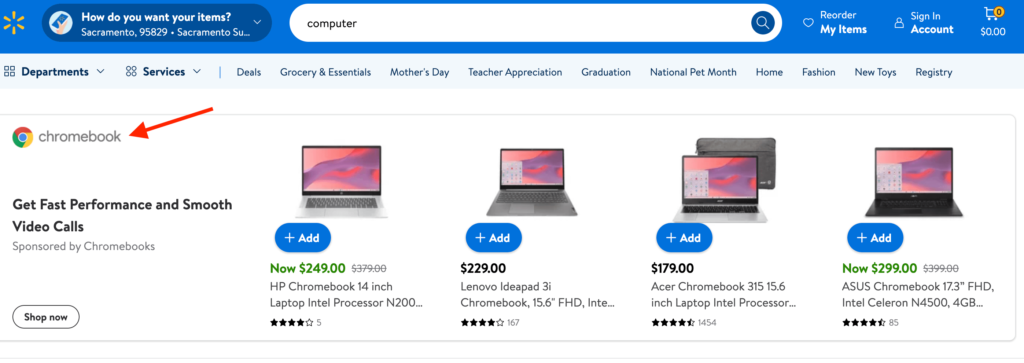
Display ads
These are graphical ads that can appear in various formats (like banners or side panels) across a retailer’s digital properties. Display ads are used for both general brand promotions and specific product ads.
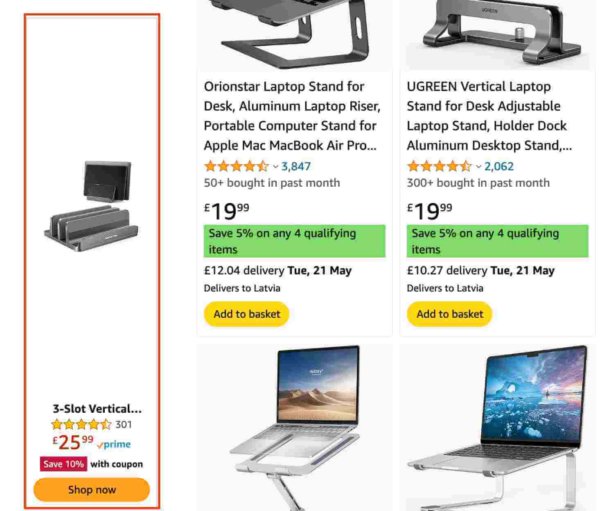
Offsite ads
Offsite ads are displayed on platforms outside of the retailer’s own website–on different websites, through ad networks, or on digital platforms not owned by the retailer.
Third party sites
Third party sites are external platforms where a retailer might place ads to reach a broader audience. These sites aren’t owned by the retailer but are part of extended advertising strategies to capture traffic beyond the retailer’s primary sites.
Social media and CTV ads
Ads placed on social media platforms (e.g., Meta, TikTok, Linkedin) and through CTVs are part of a broader digital advertising approach. These platforms offer highly targeted advertising based on extensive user data, suitable for brand building and direct response campaigns.
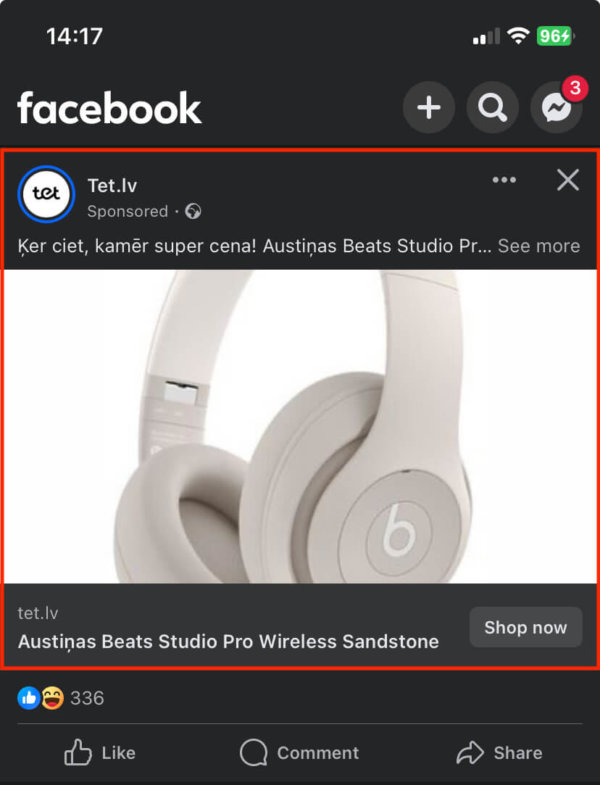
In-store digital ads
In-store digital ads include digital displays, kiosks, or screens within a physical retail environment. Such ads enhance the shopping experience by providing interactive content, promotional offers, or informational media directly to shoppers as they navigate the store.
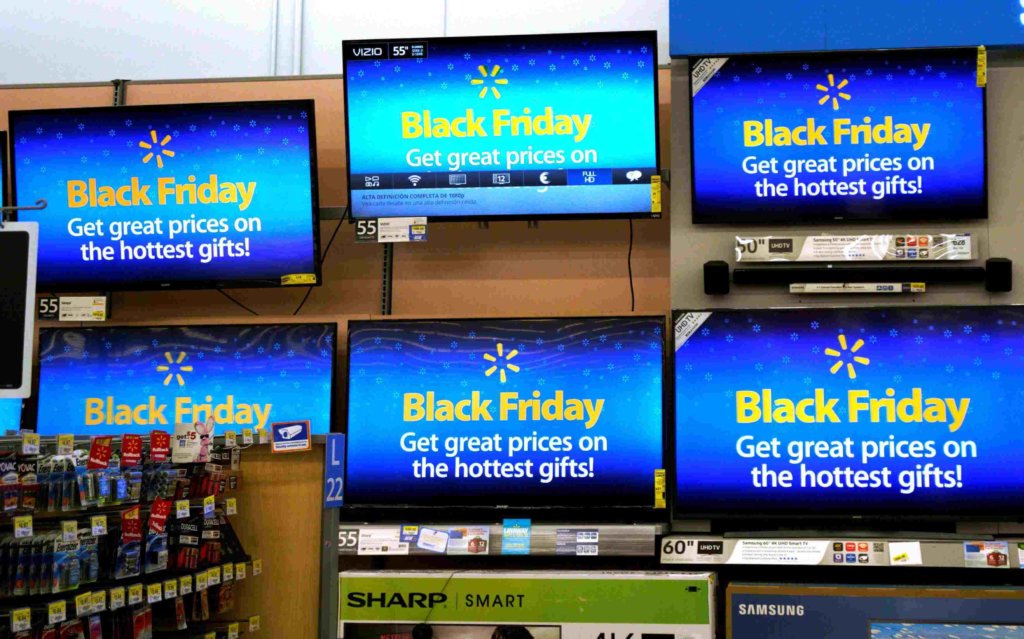
Source: Reuters
Conquesting ads
Conquesting involves placing ads for a brand or product directly next to or within content about a competitor’s products. This strategy is used to intercept potential customers by highlighting alternative options or advantages at the point when they are considering a purchase from a competitor.
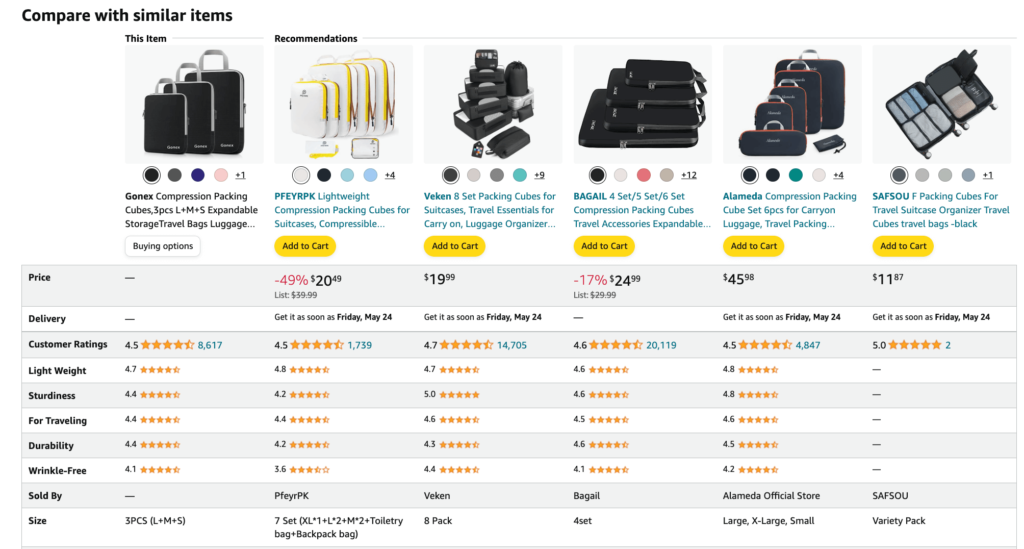
The Importance of RMNs
Retail media networks help to position ads at or near the point of sale, significantly increasing their likelihood of conversion. This proximity to purchasing increases the effectiveness of ads, as consumers encountering these ads are already in the buying mindset.
Moreover, RMNs directly correlate ad expenditure and sales outcomes, providing advertisers with precise, actionable data. This connection allows for more informed strategic decisions regarding resource allocation and campaign optimization.
Simply put, RMNs improve the efficiency of ad spending and contribute to a deeper understanding of consumer preferences and market dynamics.
Benefits of RMNs for retailers
Here are 7 key benefits of RMNs for retailers:
- Increased revenue streams.
- Deep insights into customer behavior, preferences, and purchasing patterns.
- Brands reach relevant customers.
- Automated complex decision-making processes and accurate demand forecasts.
- Customers find products they really need.
- Seamless integration with e-commerce platforms.
- Allows to stay competitive by quickly adapting pricing and inventory strategies in response to market and competitor changes.
Advantages for advertisers
Here are 6 key benefits of RMNs for advertisers:
- Accurate targeting.
- Access to retailers’ first party data (e.g., from loyalty programs, sales transactions.)
- Higher ROI and conversion rates.
- Ad spend optimization by determining the most cost-effective times and places to run ad campaigns.
- Offers access to a broad network of ad spaces.
- Ability to leverage relationships that already exist between brands and retailers.
How do publishers benefit from RMNs?
Retail media networks allow publishers to display promotions and products directly to consumers at the decision-making point. This can enhance the user experience by showing more accurate ads and increasing engagement and conversion rates.
Thus, publishers benefit from consistent and higher ad revenue due to the targeted nature of these ads.
Note: In some cases, the distinction between publishers and retailers blurs, especially for large e-commerce companies that both sell products and host content (e.g., customer reviews, blogs, and buying guides). These entities act as both retailers and publishers, harnessing the dual benefits of RMNs by driving both product sales and ad revenue.
How do RMNs impact the consumer experience?
RMNs provide targeted and relevant ads based on individual shopping behaviors, which enhances product discovery and personalization. While this can make shopping more efficient and enjoyable, there is a trade-off in terms of increased ad frequency, which can lead to ad fatigue.
The extensive data collection necessary for such advertising raises privacy concerns among some users.
While RMNs can enhance the value and efficiency of the shopping experience, ads must be managed carefully to balance consumer benefits against potential drawbacks like ad overload and privacy issues.
Implementing RMNs
Implementing an RMN requires careful planning and coordination to create a successful advertising network that benefits retailers, advertisers, and consumers alike. This involves a structured approach and strategic planning across several key areas, such as:
- The main purpose. Define a clear vision and objectives for your RMN. Determine what you aim to achieve, such as increasing revenue, enhancing customer experience, or providing value to advertisers. Identify key stakeholders and decide on metrics to measure success. This foundational step ensures that everyone involved has a unified direction and clear goals.
- Operational structure. Choose how you will operate your RMN. You can either develop your own advertising platform from scratch, offering full control over functionality and integration, or partner with an existing tech solution, which can be faster and potentially less costly but may offer less customization. The choice depends on your business’s capabilities, resources, and strategic priorities.
- Advertiser acquisition. Develop a strategy to convert your merchants into advertisers. Educate them on the benefits of the RMN, establish clear and attractive pricing models, and streamline the onboarding process to make it as easy as possible for merchants to start advertising. Utilize your marketplace’s first-party data to demonstrate how targeted ads can reach the right customers, increasing visibility and sales.
- Contracts. Establish clear advertising policies and guidelines to maintain compliance and uphold standards. Stay updated on data security regulations to protect user and advertiser data. Regularly review and update your contracts to reflect changes in the legal landscape and ensure they continue to meet the needs of all parties involved.
Managing a RMN
One of the most essential things when managing a RMN is continuous optimization. It’s important to keep an eye on data analytics to monitor performance metrics and consumer behaviors. Real-time adjustments ensure that the RMN remains responsive to market trends and consumer needs.
Additionally, maintaining strong relationships with advertisers is crucial. This includes providing clear communication, support, and training to help them maximize the effectiveness of their campaigns and ensuring they understand the value the RMN provides.
Stay updated on industry standards and privacy regulations to ensure compliance and protect the integrity of the network. Any retail media network should sustain trust among users, advertisers, and partners, thereby securing long-term success and growth.
Obstacles in RMN Implementation
Implementing RMNs involves some technical integration challenges. RMN systems must align with existing retail infrastructures to ensure real-time data exchange and functionality.
Ensuring data consistency and high quality across platforms is crucial for effective ad targeting and performance, yet is often difficult to achieve.
Scalability is another hurdle, as RMNs must handle large amounts of traffic and data without compromising system performance or user experience.
Navigating global privacy regulations adds complexity and cost to RMN operations, while maintaining a balance between effective advertising and a positive consumer experience is critical to avoid ad fatigue and negative brand associations.
Addressing RMN Challenges
Here are the main 7 challenges facing retail media networks:
- Data privacy and security issues. With increasing regulatory scrutiny and consumer awareness, maintaining data privacy and security while utilizing consumer data for targeted advertising is a critical challenge.
- Complexity in campaign management. The diversity of RMNs can lead to complexities in campaign planning, execution, and measurement, especially for brands that operate across multiple retail environments.
- Consumer resistance. There is a growing concern about ad fatigue and privacy among consumers, which can reduce the effectiveness of targeted ads and potentially harm brand perception.
- Fragmentation. The retail media landscape is highly fragmented, with multiple platforms and technologies that often don’t integrate well. This makes it challenging for advertisers to manage campaigns effectively across different RMNs.
- Standardization. There is a lack of standardization in measurement and metrics across RMNs, complicating the evaluation of campaign performance and ROI.
- Advertisers view retail media as a lower-funnel tactic. Retail media is often seen primarily as a lower-funnel tactic focused on driving immediate sales conversions rather than building brand awareness. This perception can limit the strategic use of RMNs for broader marketing objectives, such as customer loyalty and brand building.
- Advertisers want more control. Advertisers demand control over where and how their ads are displayed, seeking transparency and influence over the placement to ensure brand safety and alignment with their marketing goals.
RMNs vs. Traditional Advertising Channels
| Retail media networks | Traditional advertising channels | |
| Definition | Digital platforms operated by retailers that allow brands to advertise to consumers shopping on their sites, apps, or in-store | Traditional media such as TV, radio, print, and outdoor advertising |
| Targeting | Highly targeted using customer data from the retailer’s ecosystem, focusing on shopping behavior and preferences | Broad targeting based on demographic data (age, gender, location |
| Data Usage | Utilizes first-party data from retailers for precise targeting and measuring results | Relies on third-party data and research for targeting and effectiveness |
| Engagement | Higher engagement as ads are placed where consumers are already looking to make purchases | Generally lower engagement as the medium is not always interactive |
| Format | Flexible formats including sponsored listings, banners, and custom content tailored to the shopping experience | Fixed formats such as 30-second TV spots, full-page print ads, etc. |
| Purchase Intent | Higher, as ads are shown at the point of decision-making, increasing the likelihood of purchase. | Lower as ads might not be displayed at the point of purchase |
Conclusion
Retail media networks harness the power of first-party data to display highly targeted ads, significantly enhancing the consumer shopping experience. By integrating ads tailored to individual preferences and behaviors, RMNs ensure that consumers encounter more relevant and timely product suggestions, potentially leading to quicker and more satisfying purchases.
Ultimately, RMNs create a more intuitive and connected consumer journey because they bridge the gap between advertising and actual purchasing activity.
FAQs
How do RMNs differ from other digital advertising platforms?
RMNs use a retailer’s first-party data to deliver highly targeted ads directly on their platforms, integrating ads into the consumer shopping experience.
What are the initial steps for a retailer to start an RMN?
Define clear objectives, decide whether to build the technology in-house or partner with a tech provider, assemble a skilled team, and establish data usage and privacy policies.
Are there specific sectors where RMNs are more effective?
RMNs are particularly effective in sectors with frequent, data-rich consumer interactions, such as consumer electronics, fashion, and grocery retailing.
How do consumers benefit from RMNs?
Consumers receive more relevant and timely product recommendations and ads, improving their shopping experience and potentially leading to better deals.
What are the privacy concerns associated with RMNs and how are they addressed?
RMNs raise concerns over the use of consumer data. These concerns are mostly addressed through compliance with data protection laws like GDPR and CCPA, ensuring transparency and control for users over their data.


